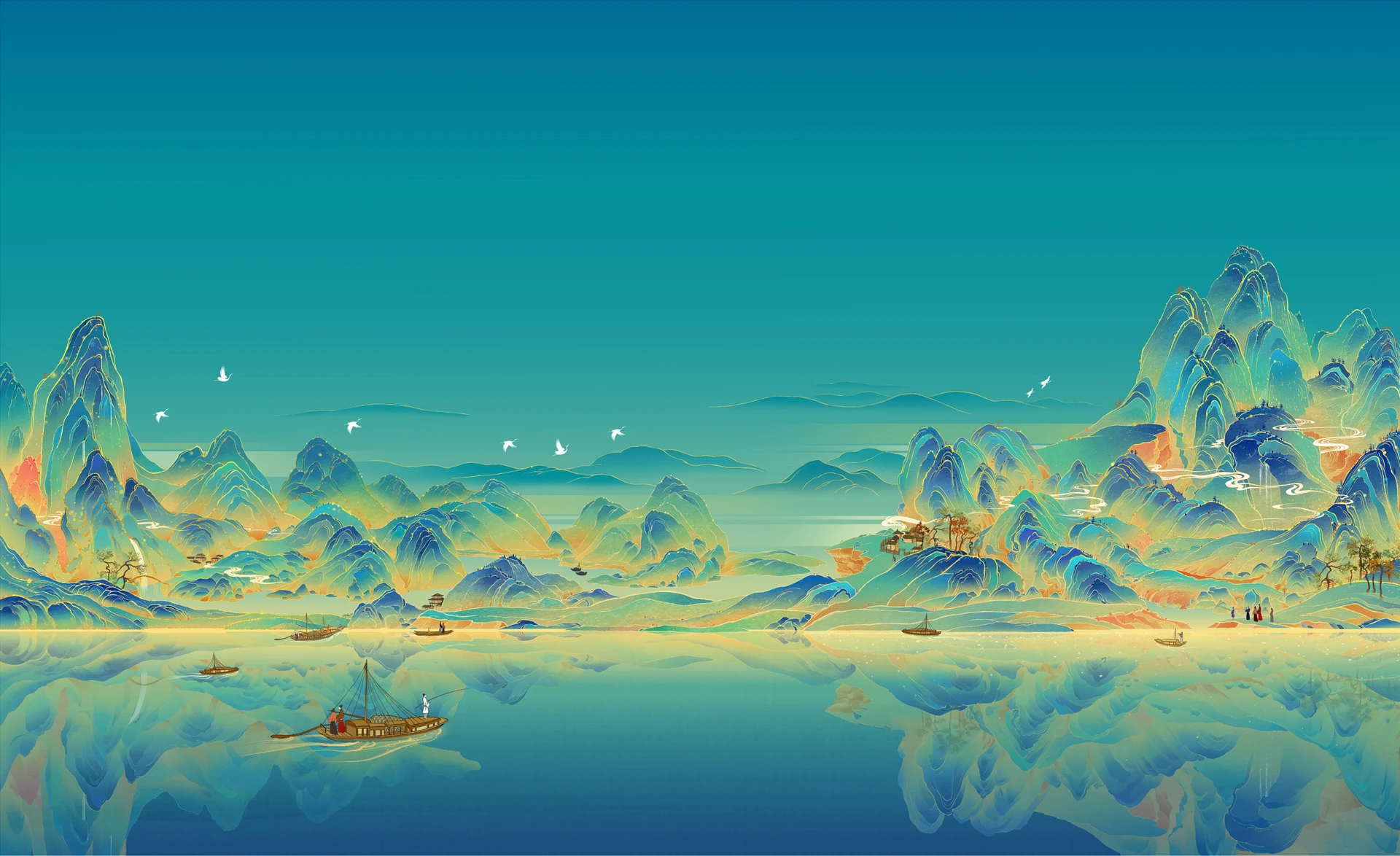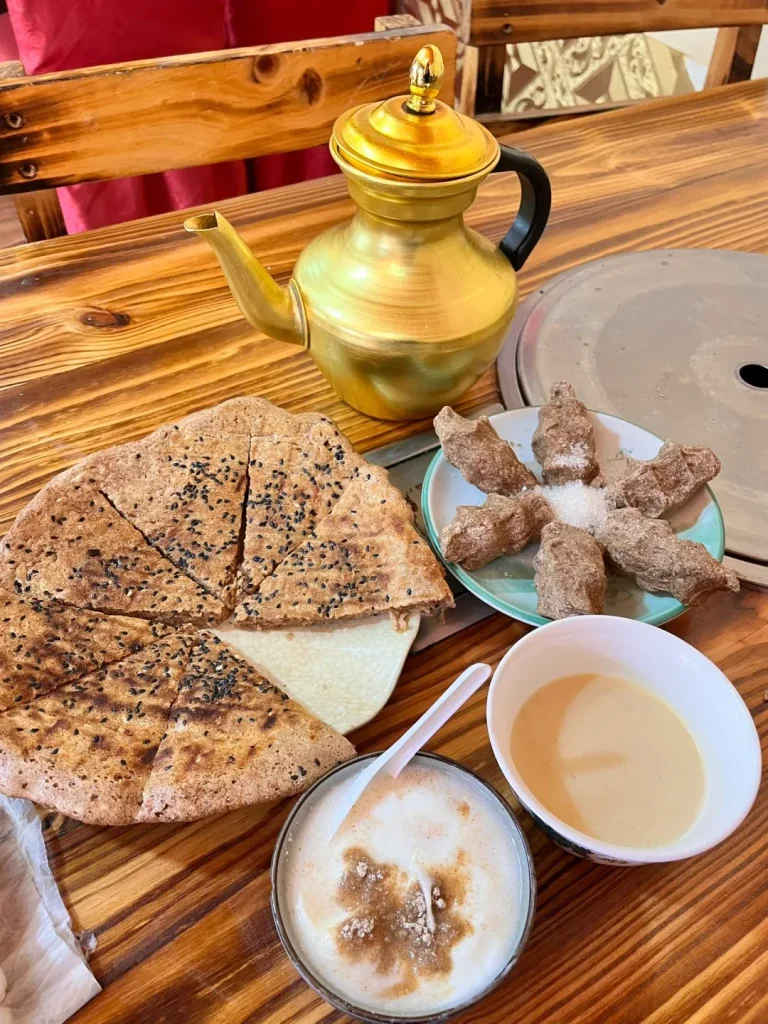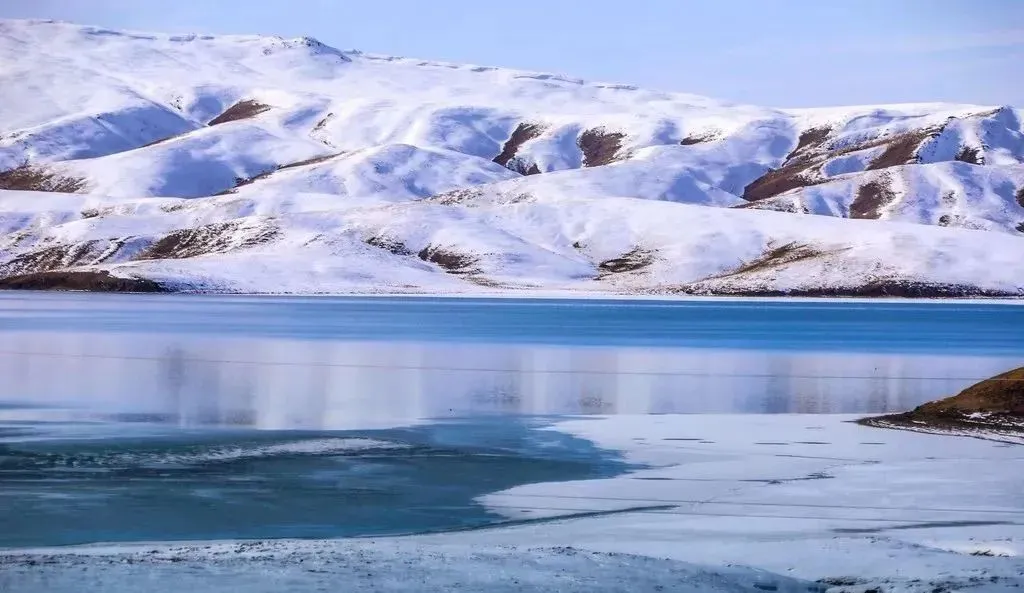
Destinations
This is your gateway to discovering China’s beauty! Whether it’s your first visit or a deeper exploration, we’ve got you covered.
Qinghai
located in the northeast of the Qinghai-Tibet Plateau, is a pure land known as the “Roof of the World” and the “Source of Three Rivers.” Here, breathtaking nature and diverse cultures blend together, offering travelers from around the globe a journey that goes beyond geography and touches the soul.

1. Immersive Nature Experiences

Qinghai is China’s first national park pilot province, with over 75% of its land protected, forming a rare ecological matrix. From the glacial waters at the source of the Three Rivers (三江源 – Sānjiāngyuán), to the wild beauty of the Hoh Xil (可可西里 – Kěkěxīlǐ) no-man’s land, everywhere feels like a classroom for connecting with nature. You can hike across alpine meadows and spot Tibetan antelopes (藏羚羊 – Zànglíngyáng), sit quietly by Qinghai Lake (青海湖 – Qīnghǎi Hú) to watch the epic migration of birds, or marvel at the mirrored sky in Chaka Salt Lake (茶卡盐湖 – Chákǎ Yánhú, “Sky Mirror”). Far from the noise of commercialized attractions, Qinghai encourages “Leave No Trace” travel, making ecological protection and tourism go hand in hand.
2. A Living Museum of Diverse Cultures

Qinghai sits at the crossroads of the Tang-Tibet Ancient Road (唐蕃古道 – Tángfān Gǔdào), the southern Silk Road, and the Tea-Horse Road (茶马古道 – Chámǎ Gǔdào). Here, 43 ethnic groups including Han, Tibetan, Hui, and Mongolian people live together, creating a rich cultural tapestry. You can try your hand at Thangka painting (唐卡 – Tángkǎ) in the Rebgong Art tradition (热贡艺术 – Règòng Yìshù), listen to the epic of King Gesar (格萨尔王 – Gésà’ěr Wáng), or hear the ancient legend of “Camel Spring” (骆驼泉 – Luòtuó Quán) in a Salar courtyard. The butter sculptures at Ta’er Monastery (塔尔寺 – Tǎ’ěr Sì), the echoes of merchant caravans in Dan Gar Ancient Town (丹噶尔古城 – Dāngá’ěr Gǔchéng), and the sight of yak herds moving across the grasslands all tell the ongoing story of civilization here.
3. High-Altitude Adventure and Healing

Qinghai turns its extreme geography into a unique source of healing. Soak in a hot spring at 3,800 meters above sea level, stargaze from a Mongolian yurt on the Qilian grasslands (祁连山草原 – Qíliánshān Cǎoyuán), or take a meditative road trip along the Qinghai-Tibet Highway (青藏公路 – Qīngzàng Gōnglù). There’s the adrenaline rush of the Qinghai Lake cycling race, and the inner peace of Tibetan Buddhist meditation retreats. The thin air here feels like a natural filter, helping city dwellers rediscover the essence of breathing and being.
4. Unique Plateau Flavors

Qinghai’s cuisine is a delicious blend of nomadic and farming cultures. Try hand-pulled mutton (手抓羊肉 – Shǒuzhuā Yángròu) for a taste of the grasslands, or sample highland barley (青稞 – Qīngkē) in everything from tsampa (糌粑 – Zānbā) to craft beer. The butter on top of yak yogurt (牦牛酸奶 – Máoniú Suānnǎi) is like sunshine in solid form. Join a “Black Tent Food Theater” (黑帐篷美食剧场 – Hēi Zhàngpéng Měishí Jùchǎng) in the pasture, watch a whole sheep roasted by the campfire, or learn to make “Dog Pee Pancakes” (狗浇尿油饼 – Gǒu Jiāo Niào Yóubǐng) in the Hehuang Valley (河湟谷地 – Héhuáng Gǔdì) for a taste of local wisdom.
5. Living in Sync with Nature’s Rhythm




Qinghai isn’t about rushing from one tourist spot to another. Instead, it encourages you to move with the rhythm of nature: follow the migration of black-necked cranes (黑颈鹤 – Hēijǐnghè) in spring, heal your soul in the sea of rapeseed flowers (油菜花海 – Yóucàihuā Hǎi) in Menyuan (门源 – Ményuán) in summer, explore the Danxia landforms in Kanbula Forest Park (坎布拉森林公园 – Kǎnbùlā Sēnlín Gōngyuán) in autumn, or challenge yourself with a winter trek across the frozen Qinghai Lake. Every season is a unique stage of life, inviting travelers to become part of nature’s cycle.
This vast land, covering 720,000 square kilometers, is a pilgrimage for both nature and culture. When city life feels overwhelming, Qinghai’s silent snow mountains, fluttering prayer flags, and the soft glow of butter lamps in nomad tents remind us: travel isn’t about escaping life, but about reconnecting with the world and ourselves.
Recommended Attractions and Activities:
- Natural Wonders
- Qinghai Lake (青海湖): China’s largest saltwater lake. Watch migratory birds in spring, enjoy rapeseed flowers in summer, perfect for cycling, sunrise at Heimahe (黑马河 – Hēimǎhé), and bird island tours.
- Chaka Salt Lake (茶卡盐湖): Known as the “Sky Mirror.” Walk on the salt flats, take the mini train, and try stargazing photography.
- Kanbula Geopark (坎布拉地质公园): Red cliffs and deep canyons, great for nature and geology lovers.
- Menyuan Rapeseed Flower Fields (门源油菜花海): In July, golden fields stretch for miles alongside snowy mountains and grasslands. Best viewed from Qingshizui (青石嘴 – Qīngshízuǐ) and nearby spots.
- Cultural Experiences
- Ta’er Monastery (塔尔寺): A major Tibetan Buddhist monastery, famous for butter sculptures, embroidery, and murals.
- Atomic City (原子城 – Yuánzǐchéng, Jinyintan 金银滩): Site of China’s first nuclear weapons base, combining grassland scenery with history.
- Rebgong Art & Intangible Heritage (热贡艺术与非遗): Try Thangka painting, lantern art, and Tu ethnic embroidery.
- Eco Adventures
- Sanjiangyuan National Park (三江源国家公园): Source of the Yangtze, Yellow, and Lancang Rivers, with wetlands and wildlife. Great for hiking and eco tours.
- Hala Lake Wilderness (哈拉湖无人区): The second largest lake in Qinghai, a wild and remote spot for adventure and glacier photography.
- Qilian Grasslands & Zhuo’er Mountain (祁连山草原与卓尔山): Horse riding, hiking, and Danxia landform sightseeing.
- Featured Routes
- Qinghai Lake Road Trip: Connects Riyue Mountain (日月山 – Rìyuè Shān), Qinghai Lake, Chaka Salt Lake, and Zhuo’er Mountain for a diverse plateau experience.
- Yellow River Scenery Tour: Visit Guide (贵德 – Guìdé), Hualong (化隆 – Huàlóng), and Jianzha (尖扎 – Jiānzhā) for tranquil river views.
- Winter Ice & Hot Springs: Try ice sports on Qinghai Lake, relax in Dayu Hot Springs (达玉温泉 – Dáyù Wēnquán), or climb Gangshika Snow Mountain (岗什卡雪山 – Gǎngshíkǎ Xuěshān) in winter.